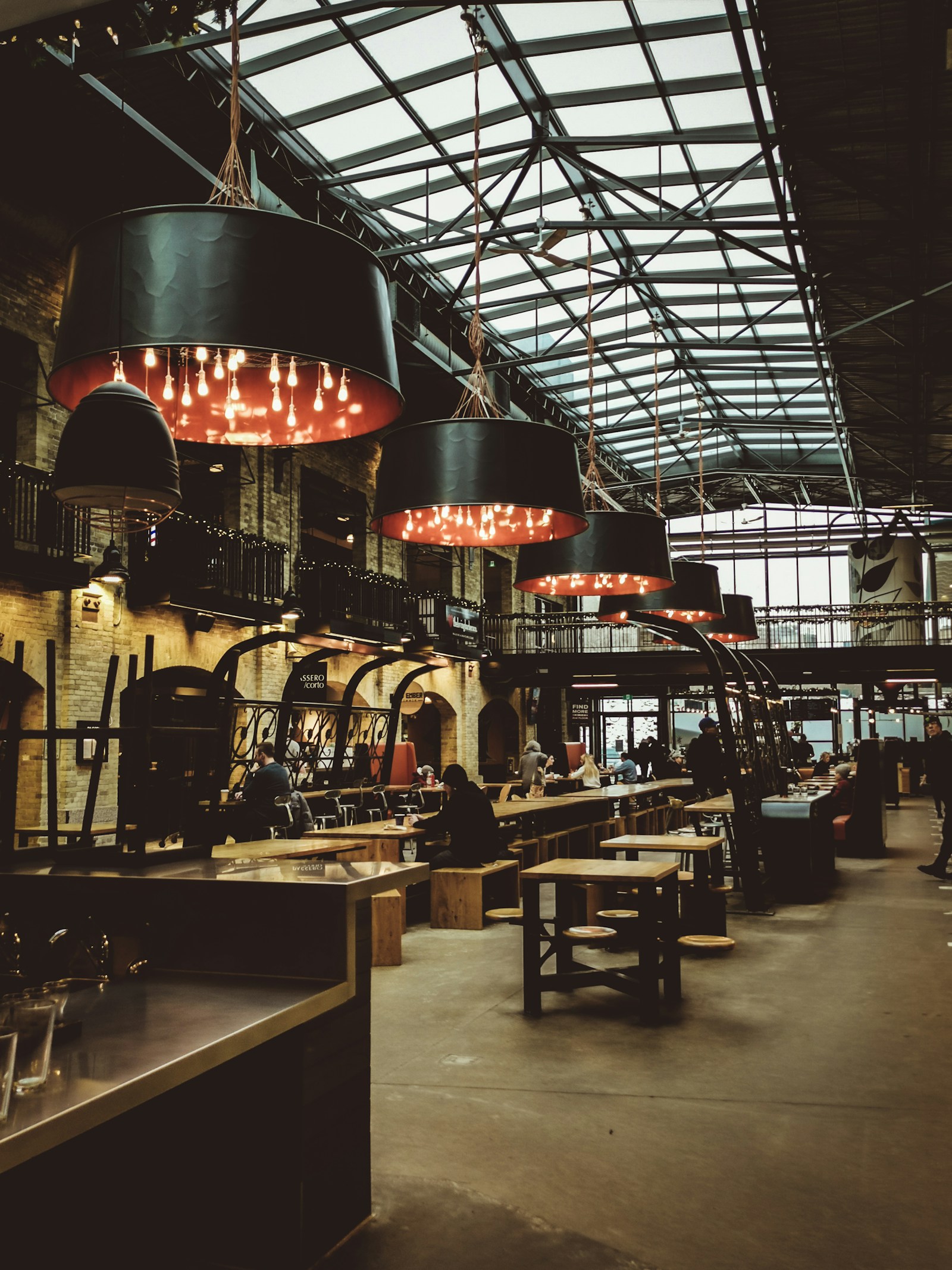As Winnipeg’s French Quarter, St. Boniface is steeped in Francophone culture, evident in its schools, restaurants, and local businesses.
Established in 1818 as a Catholic mission, St. Boniface became a crucial hub for French-speaking settlers and Métis people. Today, its influence is still strong, with bilingual services, cultural institutions, and a vibrant arts scene.
One of the area’s most iconic landmarks is the St. Boniface Cathedral, which has stood, in various forms, since 1818. The current building was rebuilt after a catastrophic fire in 1968. It kept the grand stone front of the original cathedral, making it a beautiful mix of old and new architecture.
Just beside the cathedral lies the gravesite of Louis Riel, the Métis leader and founder of Manitoba. His resting place is a site of national historical significance, drawing visitors who wish to pay their respects.
A key part of Winnipeg’s French Quarter, Université de Saint-Boniface is the oldest college in Western Canada. The school was founded in 1818 by Father Norbert Provencher, and has been integral in Manitoba's French-language education for over 200 years.
Today, it remains an essential academic and cultural centre for the Francophone community. It offers many programs, including undergraduate and graduate degrees, as well as technical and professional diploma courses. The university has a beautiful historic campus, and strong ties to the local community. The university focuses on bilingual education and plays an important role in preserving and promoting French heritage in Winnipeg.
St. Boniface, Norwood, and Norwood Flats have a special mix of city and suburban charm. With easy access to downtown Winnipeg as well as The Forks National Historic Site, they appeal to families, professionals and retirees looking for an active, welcoming and vibrant neighbourhood.




.png)
